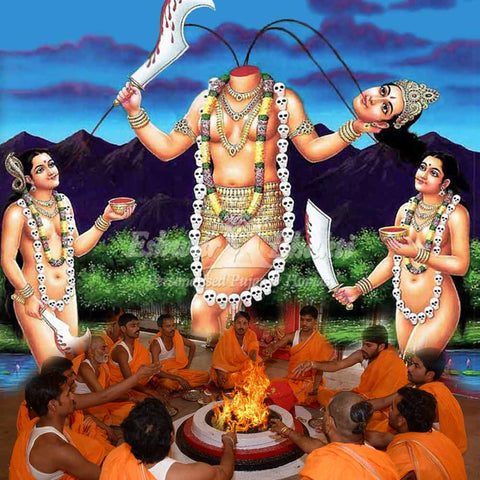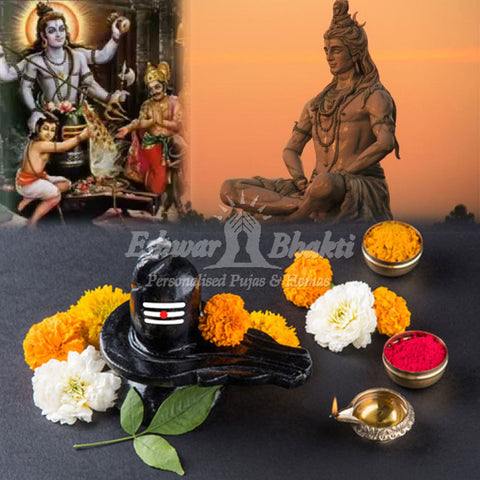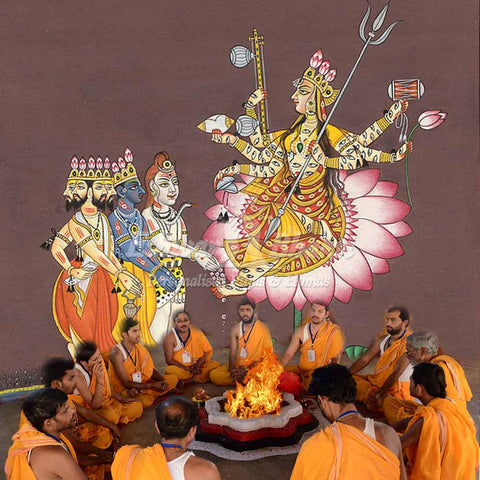Charanamrita
 Indian culture was more profound and rich than any other culture that ever existed in this world. At a time, many of these things looked senseless even to the people who belonged to this culture. However, over time, science has proven that most of the rituals were indeed scientific and were meant for a larger purpose.
Indian culture was more profound and rich than any other culture that ever existed in this world. At a time, many of these things looked senseless even to the people who belonged to this culture. However, over time, science has proven that most of the rituals were indeed scientific and were meant for a larger purpose.
Temples were the center of our culture. These were not mere places for morning prayers. Rather, temples were the very life of people. Their all life activities used to resolve around temples. Unfortunately, most of our culture has been lost due to countless invasions and then slavery for hundreds of years. However, there are still some rituals that are intact as it is. One such thing is charanamrit. One will find charanamrit still in most of the temples of India.
What is charanamrit? : Charan means feet and amrit means nectar or Elixir of Life. It is normally found in temples having deities. One may not find charanamrit in temples having lingas. When the deity is bathed, the water or any other thing used to bath the deity is stored in a copper vessel. That is called charanamrit. The relevance of charanamrit in our culture is immense. There are many puranic stories and there are many references in ancient texts as well.
Charanamrit is taken from the lotus feet of deity. It is believed that charanamrit frees oneself from untimely death and it cures all ailments. It is also believed that one may achieve liberation just by drinking charanamrit with full devotion.
It is believed that even the origin of Ganga river lies in the lotus feets of the supreme lord. That's why it is believed that taking a bath in Ganga frees oneself from the sins and advances oneself towards liberation. According to a story from Ramayana, Kevat achieved salvation just by drinking charanamrit of Lord Rama. And not only he, even his forefathers achieved liberation.
Spiritual significance: One may think that charanamrit is purely based on belief and devotion. However, there are some spiritual significance and explanations as well. The beauty of our culture is that nothing is nonsensical. Every ritual finds its origin in a deep experiential knowledge of the mechanics of life. Even such explanation could be given for charanamrit itself.
For that purpose, we have to understand the ancient temple culture itself. Many people see temples as just a place of worship. But ancient temples were much more than that. People devoted their whole lives to bring those temples to life. The purpose of these temples were much bigger. The temples had such magnificent presence that one could just wonder.
Temple making was an art in itself. It was a complete science. And the deity in the garbhagriha of the temple wasn't just a stone statue. The deities were consecrated, they were brought to life. The deities used to reverberate with divine energy and used to energize the whole place. Whoever came in the premises of the temple was naturally touched by that divine energy.
Now, whatever came into contact with that deity naturally observed some qualities. Same happened with the water and other ingredients, through which the deity was bathed. Now, that water was nothing less than elixir. It held the qualities of deities themselves. That's why so much prominence has been given to charanamrit.
The elixir of devotion: Devotion also plays out a great deal in it. We have observed that devotion has the power to transform. The object of devotion isn't that much relevant, rather the person having the quality of devotion is. That's why it is believed that, if a person drinks charanamrit with complete devotion, charanamrit has great qualities that the devotee can benefit from.
The ancient Indian culture is so vast, that one could not help but wonder. The grandeur and magnificence is so big, that knowing everything about the culture seems an arduous task. Above all, logic falls short in front of the deep existential realities of our culture. If one wants, one can just benefit from it, or dive into the depths of spirituality to know it all. Charanamrit was just a small example in this regard. However, it was small things like this that made this culture an unimaginable living phenomenon.




